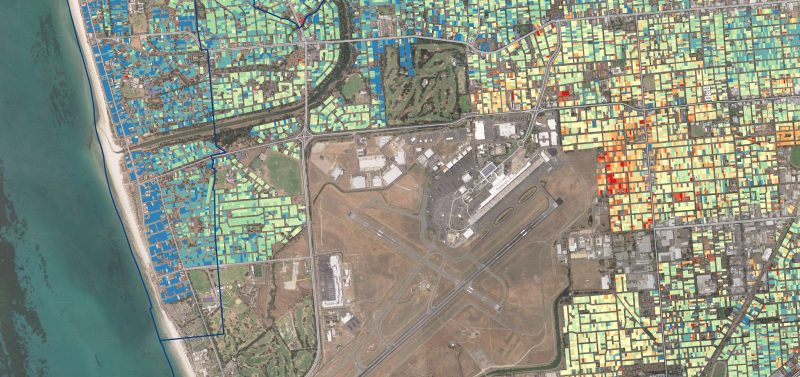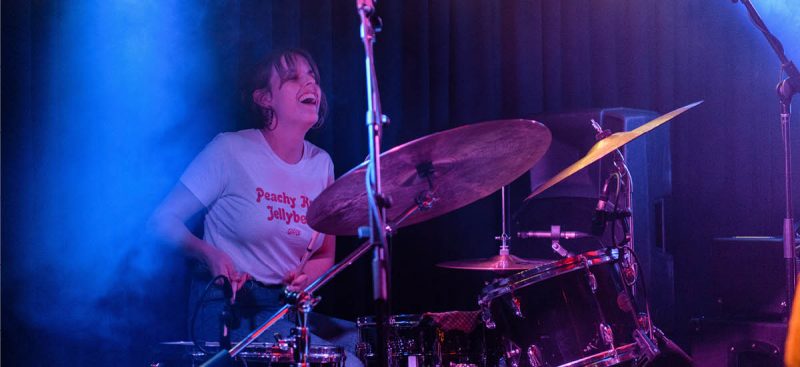As a part of Zoos SA’s strategic planning, they have conducted annual research through Square Holes to measure key performance indicators as well as attitudes, expectations, and experiences of zoo visitors.
Elaine Bensted, Chief Executive at Zoos SA, says that the organisation feels it is important to run regular research projects to provide insight to their stakeholders and to drive innovation.
“Every time we do a market research piece, we always ask some specific questions so that we start building that trend data. And then we always choose one or two other areas that we want to focus on and get more detail. One is consistent, which helps us track and report to our Board on our performance indicators. And then one to deep dive into something that’s going to be of future value for us,” says Benstead.
As a data driven leader, Elaine says that the insights provided by these research projects help Zoos SA to effectively tell their story to the wider public, while also highlighting any areas that need attention.
“It’s very tangible, specific data, that helps us develop the stories that we want to tell in our marketing, and our social media, et cetera. Otherwise, you’re making decisions based on anecdotes, and that can be misleading,” says Bensted.
“For example, we might still be seeing good attendance numbers, which for us drives our key revenue. But if we’re starting to fall behind in our satisfaction rating or our value for money ratings, then it’s really a lead indicator that unless we do something, we are bound to start seeing a decrease. And I’d much rather know that before you see a decrease.”
“It helps you keep a finger on the pulse for perceptions in a really genuine sense.”
“It (the research) has certainly helped when we were looking at building the Variety Children’s Zoo, it helped us design the infrastructure and it certainly helps us to understand which animal experiences are going to be of most appeal. It gives us a better understanding of what the market is looking for.”
One of the ways that Square Holes has assisted Zoos SA in addressing visitor perceptions was through a 2018 research project focused on increasing visitation to Monarto Safari Park (Monarto Zoo back then). 25% of respondents listed the location of Monarto as a major barrier to visitation.
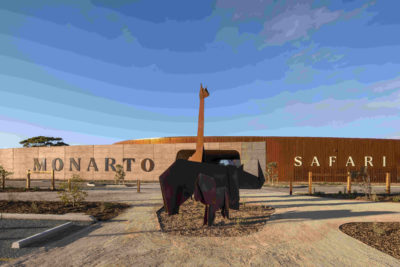
“One of the key findings was people’s perception of distance. They thought Monarto was some mythical place a long way away but really it is only 40 minutes on the freeway,” says Bensted.
“So yes, it did change our language in as much as highlighting the location a lot more than we had previously.”
Jason Dunstone, Founder and Managing Director of Square Holes says that Square Holes is thrilled to have built such a strong partnership with Zoos SA.
“We are honoured to have been a part of the Zoos SA story for the past nine years, and feel that the changes and reflections that the organisation has been able to enact due to our data really speak to the importance of a long-term investment in the tracking of audience experience and expectations.”
The research has also helped the organisation refine how they present themselves to the wider public – no mean feat given they operate across so many sectors.
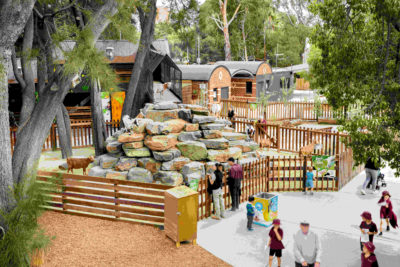
“We are very unique, and that’s why I think COVID was incredibly hard because the government didn’t know which industry sector to put us in. We are a tourism destination, and we are an event destination. Most weekends we’d have four weddings in the zoo. We’ve had funerals here, but we’re also an education space,” says Bensted.
“But at our heart, we’re a conservation organisation. We do all of those things for the benefit of conservation. So that’s our real purpose for being – creating a love of nature and enabling conservation activities. Connecting people with nature and saving species from extinction.”
It’s an ethos that was top of mind for the organisation as the world was plunged into a pandemic in 2020. While hospitality venues could adjust their margins and pivot their offerings in order to survive, Elaine and her team were suddenly faced with the very real reality of feeding and engaging over 3,000 animals while no revenue was coming in.
“It started a lot of really interesting discussions and not just with us, but certainly with other not-for profits, about what level of cash reserves you should hold. Because it’s extraordinarily scary when you have a business like ours, where you run out of money critically quickly – but this is the reality because we get most of our money from our visitors and our members and that all stopped literally overnight for three months. But most of our expenditure keeps going,” says Bensted.
The situation required some creative thinking from staff so that the mental health of the animals wasn’t negatively affected by the sudden, drastic change.
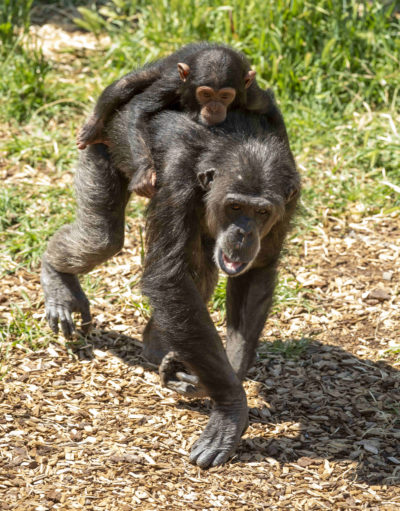
“They (the animals) certainly noticed the difference. But it was variable. The chimps at Monarto really missed people, especially the young chimps who really engage with young visitors. But the animal care staff did everything possible to minimise that impact,” says Bensted.
“We had staff dressing up in different clothes so that they looked like visitors. They were taking the goats for a walk around the zoo so that the other animals got to see something different. One of the keepers brought in a little radio-controlled toy car to zoom around. Everybody was doing everything possible so that there were no negative welfare implications.”
According to Elaine it’s this focus on the experiences and well-being of the animals in their care that continues to drive the heart of Zoos SA.
“I think all of our staff would say this also, it’s knowing the work that you do is so critically important. If you think that you have been a part of saving a particular species from going extinct, that’s pretty special,” says Bensted.
“We are all driven by that to a large extent. That makes all the budget and risk papers worthwhile.”
